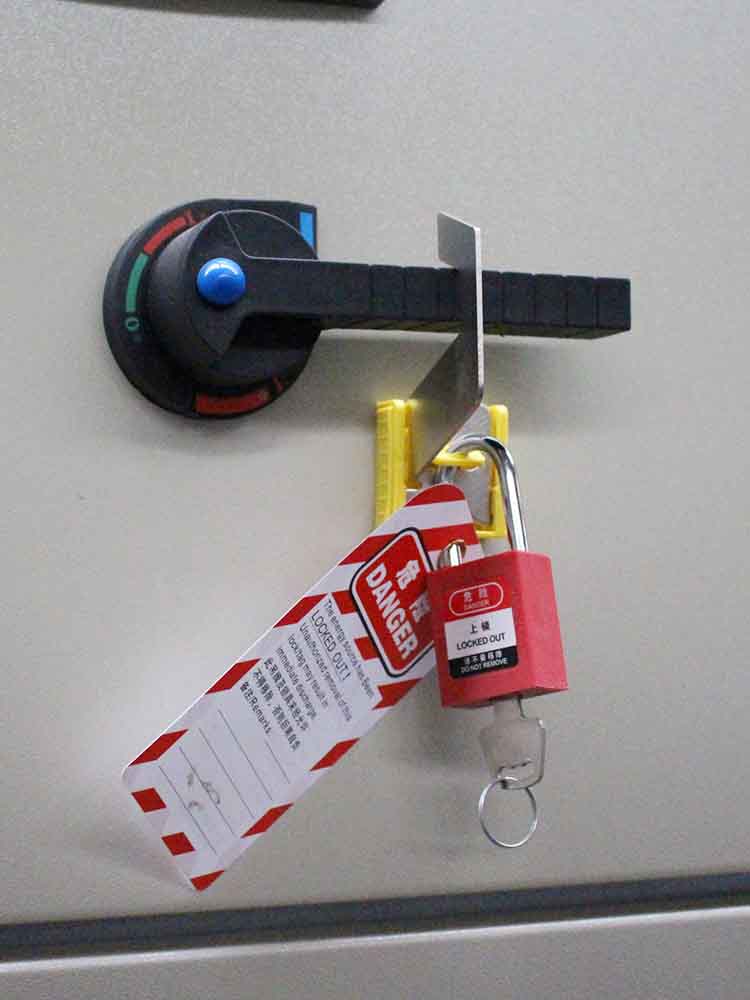How to Meet OSHA Compliance with Lockout/Tagging – Health and Safety
A well-structured training program can help companies avoid the human and financial costs associated with OSHA violations. Construction remains one of the most dangerous industries in the US. Last year alone, deaths in private construction rose by 5% to the highest level since 2007. To limit the number of accidents, workers need clear and effective safety plans. This means constant commitment to tasks such as regular training, audits and technical inspections. These types of inspections are especially important for lockdown/tagging (LOTO) procedures as they require clear documentation and cooperation from the entire crew. Below are three strategies for achieving OSHA compliance on construction sites through LOTO practice. LOTO violations usually occur for three reasons. First, there are poorly documented safety regulations for machinery and equipment. Authorized employees must have formal written procedures for each machine and equipment on their site. “Bad documentation” often extends to organizations that do not document every piece of equipment or procedures at all. Second, the training is out of place. Any worker working with hazardous equipment must be trained. It is not enough to provide training to those directly responsible for operating or locking and labeling the equipment. Your entire team must be trained. Thirdly, the priority of the speed of the project over its safety. When construction sites work this way, mistakes are made. These errors range from using the wrong LOTO device to not being able to identify all hazardous energy sources. In short, when speed is your site’s primary driver (rather than security), the question is not if a breach will occur, but when. Another reason for the violations is that Lotto procedures differ. Larger machines and equipment that affect the operation of the entire facility usually require LOTO’s collective efforts, while smaller machines and equipment usually require only one. In case you missed it, OSHA recently launched an enforcement program to identify employers who do not electronically file Form 300A credentials with the agency. When it comes to OSHA documentation, there are always questions about requirements and subtleties. This guide can help! We will explain in detail the requirements for reporting, records and online reporting.

Post time: Dec-17-2022

